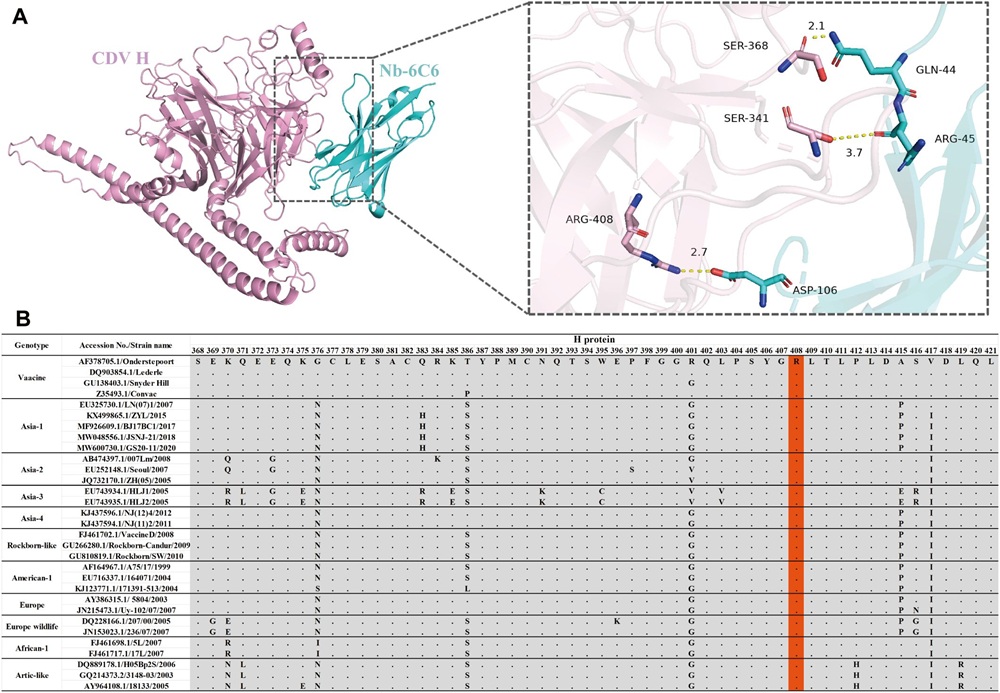Nanobody Therapy Offers New Hope Against Canine Distemper Virus

Canine distemper virus (CDV) is a highly contagious and often lethal disease affecting domestic dogs, fur animals, and wildlife. Despite widespread vaccination programs, outbreaks continue to pose serious threats—especially in unvaccinated or immunocompromised populations. While prevention has improved, there is still an urgent need for effective therapeutic treatments when infections occur.
In a recent breakthrough, researchers have developed a potent nanobody (Nb-6C6) that targets the CDV hemagglutinin (H) protein, a key viral surface antigen responsible for host cell entry. This nanobody was isolated from a phage display library constructed using immunized alpacas, showcasing the power of single-domain antibodies (VHHs) in antiviral development.
Nb-6C6 demonstrated high binding affinity (EC50 = 0.174 µg/mL) and strong neutralizing ability (IC50 = 1.773 µg/mL) against CDV. Remarkably, when fused with canine IgG Fc to form a bivalent format, its antiviral potency increased by up to 4.6 times. Structural analysis using AlphaFold3 revealed a critical interaction between the CDR3 residue D106 of Nb-6C6 and the conserved R408 residue on the CDV H protein, explaining the nanobody's efficacy.
These findings underscore the therapeutic potential of Nb-6C6 and its engineered form as emergency treatments for CDV infection. With further development, this nanobody could be a game-changer in veterinary antiviral therapeutics.
Source: Frontiers